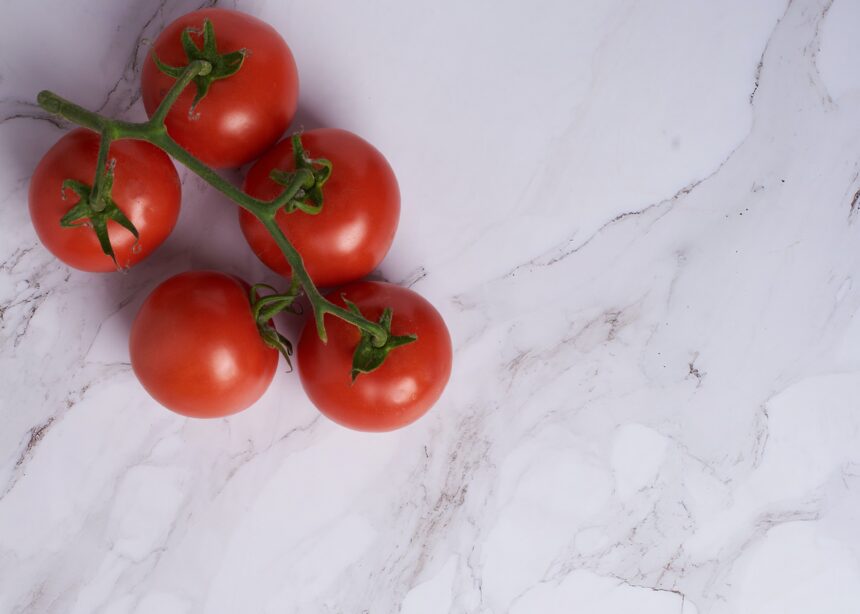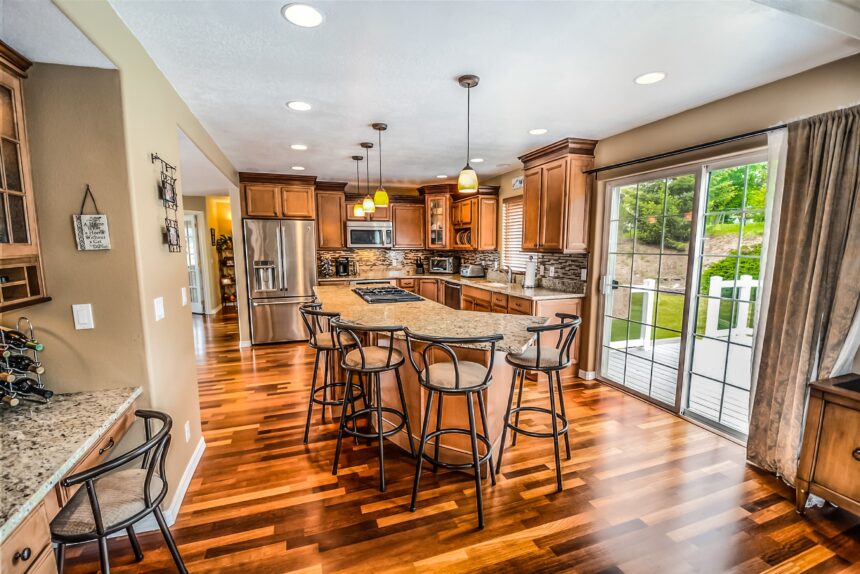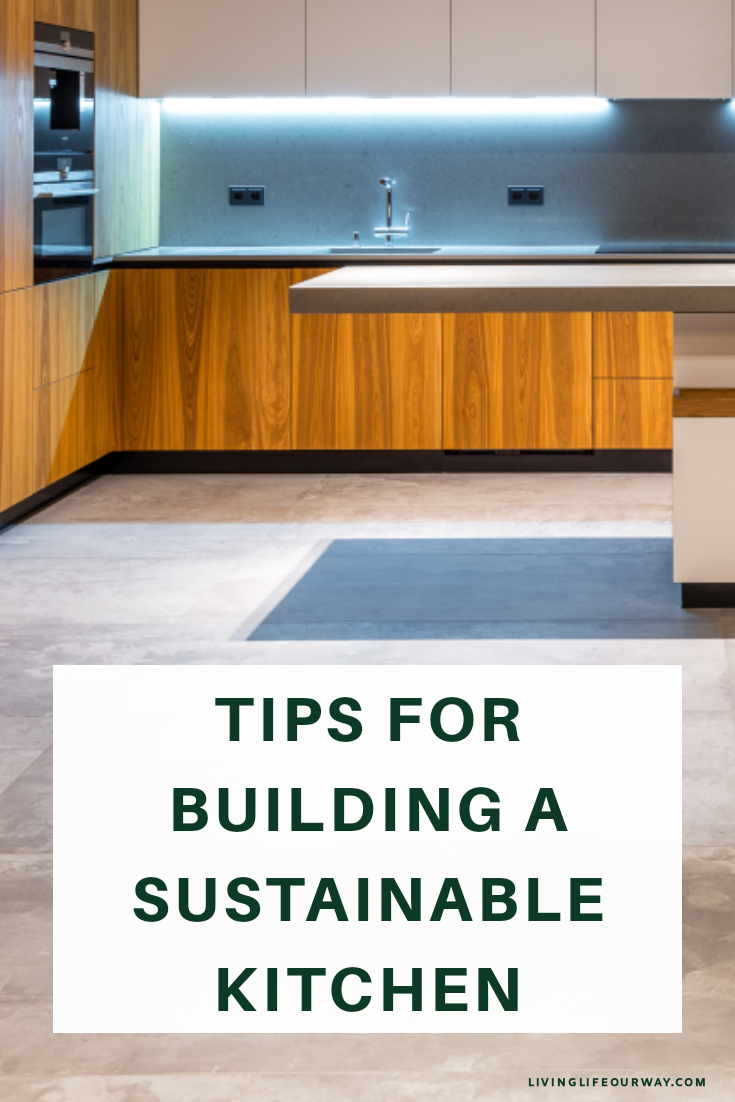There’s this old saying, “the kitchen is the heart of the home”. Whilst this is not true for us personally, there is no denying that the kitchen is one of the most important rooms in the home. Given the nature of the time some families spend in there, it helps a great deal if it is not only functional but comfortable too. For me, one of the considerations would also be how eco-friendly the kitchen actually is; having a sustainable kitchen would definitely be a key factor for me, if we were making home improvements.
Whether you’re a whizz in the kitchen, or your time is spent out of necessity, knowing what you want from the room and planning accordingly will give you the absolute best experience. Here are some tips…
Initial Planning
Before you start, you need to consider what your needs are and what a sustainable kitchen actually means to you in this context.
You’d think this would be pretty straight forward, but honestly, it isn’t always. For example, material like reclaimed wood might seem like a no-brainer, but if heavy duty usage is likely to cause damage to the countertop and require more frequent replacement, then something more durable like granite worktop might be the appropriate choice.
You also need to consider energy consumption and heat retention too. So also think about eco friendly kitchen lighting and so on.

Work Towards Something Long-Lasting
Ultimately, you need to work out what your needs are, what sort of activities you do in the kitchen and balance that with the most appropriate solution. However, you also need to consider factors such as frequency of replacement.
One solution I would recommend looking into though is quartz worktop. Generally speaking, it is natural, comes from the earth, is durable and can be recycled. Quartz is likely to last a long time and, when talking renovations, due to the overall carbon footprint of projects of this nature, it is helpful to minimise the amount of times work will need to be done.
Don’t just focus on the countertop though! What about doors? Plinths? Cornices? Splashbacks? Taps? Flooring? Hinges? All of these things need to be maintained and looked after.
They not only need to meet your requirements but be manageable, require as little replacing as possible and if it is required, be replaced in an environmentally friendly way as can be. Where reclaimed wood might not shine in one area, it might in another. It is also worth looking to see if anyone is selling – or freecycling – secondhand kitchen units too.
Think Local
Depending on your needs, some of your kitchen components may not be able to be sourced locally; however if you’re looking to support local trade and keep that carbon footprint as low as possible, then it helps to think local.
There are many parts that can be sourced relatively locally; whether they are manufactured or cut to size locally it can all make the difference. Reach out to potential places and ask about their environmental practices and what they do on their own site.
What’s more is that many kitchen studio sites have designers that you can work with. They will ask your requirements and if you make clear that you are looking for a sustainable kitchen with as much sourced or (more likely) produced locally, they may be able to help you achieve this goal.
Don’t Waste Energy
You’ll need appliances and you’ll need ones that meet your needs. But when looking into options, don’t forget to consider what their energy efficiency rating is. Truthfully, you’ll want the best you can manage within your price range.

Waste Not Want Not
One final consideration is whether or not any of your existing kitchen can be refurbished and reused. It could be the case that the units to the cabinets are all absolutely fine for example and it is possible to just replace the doors, or that what you actually have is functionally perfect already and just needs a touch up.
*This is a collaborative post

